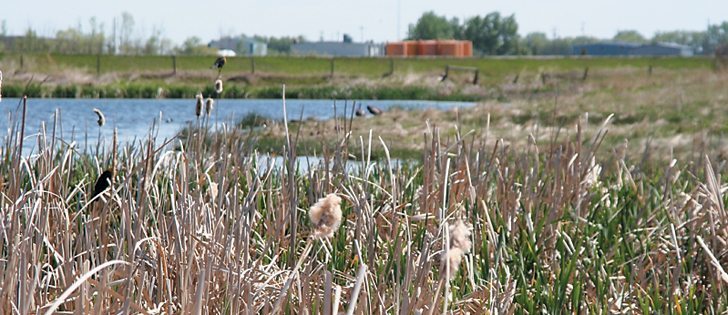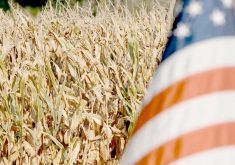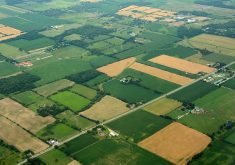Agriculture policy is like pouring concrete. Planning, levelling and forming are important parts but can be modified as needed.
However, once the concrete is poured and set, it’s a large, burdensome task to make major changes. Although I would like to take credit for this analogy, I cannot.
The analogy is that of University of Saskatchewan professor Ken Rosaasen. At a recent agricultural economics seminar, Rosaasen used the analogy to discuss the concept of a market for ecological goods and services.
The comparison provides interesting insight for those working for change in agricultural land use policy. Change won’t come easily or quickly, but, then again, great changes rarely do.
Read Also

Proactive approach best bet with looming catastrophes
The Pan-Canadian Action Plan on African swine fever has been developed to avoid the worst case scenario — a total loss ofmarket access.
In an attempt to continue the discussion surrounding the development of ecological goods and services, panel members from British Columbia, Alberta and Saskatchewan provided information on supply of ecological goods, as well as de-mand level discovery methods.
Two key concepts emerged from the discussion.
The first is that the public is prepared to assign a value to maintenance of wildlife habitat on privately managed lands and, secondly, that some private land managers are prepared to supply those goods in a regulated manner.
Although identification of the exact value per acre for specific species habitat is a work in progress, projects in B.C., Alberta and Saskatchewan clearly indicate that the provincial governments recognize the public demand.
Ponteix, Sask., rancher and panel member Orrin Balas also suggested that by enacting federal species-at-risk legislation and penalties for interference of habitat, the federal government has identified that the habitat in question has value to the Canadian public.
Balas is a founding director of the Ranchers Stewardship Alliance Inc., which has been working to promote the concept that maintaining habitat has value. It’s an interesting discussion that continues to evolve and gain momentum.
In addition to enforcing penalties within federal and provincial legislation for wildlife habitat interference, promoting private land management that maintains the habitat could also yield great results as the willingness to provide the specific habitat appears to exist.
However, identifying the true market value of habitat maintenance is a work in progress.
Although some well recognized agricultural economists suggested that a value assigned by the government is not a true free market value, there’s a general acceptance that the government has a role to play in facilitating the identification of such a market.
In B.C., the provincial government asked people to identify a value for specific ecological goods and services. The values were voted on and regulations were enacted to pay landowners for specific projects that maintain the ecological goods and services.
The key to the program’s success thus far is the market design based on maintenance, rather than a one-time payment for change.
Although populations of individual species ebb and flow, stable provision of habitat may be our best option to steward the natural resources and its inhabitants that this great country is globally recognized for.
A massive reconstruction of agricultural policy is unlikely, but the foundation is there for those looking for a better way to match public demand with an individual’s willingness to contribute to the supply.
Ross Macdonald, M.Sc., P.Ag., ranches in southern Saskatchewan.

















